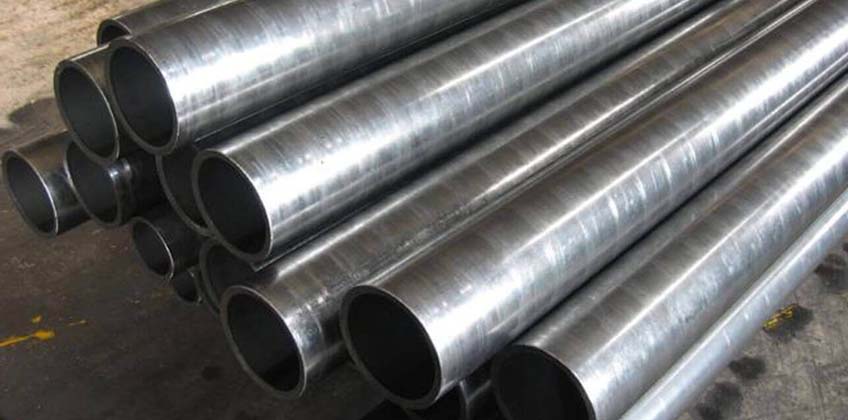Nickel 200 is a commercially pure wrought nickel alloy with excellent mechanical and corrosion-resistant properties. It is commonly used in various industrial applications, such as chemical processing, aerospace, and marine engineering. In this article, we will provide a comprehensive guide to fabricating nickel 200 welded pipes.
- Selection of Materials
The first step in fabricating nickel 200 welded pipes is the selection of materials. It is crucial to choose high-quality nickel 200 pipes with the required dimensions, wall thickness, and surface finish. The pipes should conform to ASTM B161 or B163 specifications and be free of any defects or imperfections that can affect the weld quality. - Welding Techniques
The welding technique used in fabricating nickel 200 welded pipes plays a critical role in the quality and integrity of the final product. The most commonly used welding techniques for nickel 200 are TIG (tungsten inert gas) and MIG (metal inert gas) welding. These techniques offer excellent control over the heat input and provide high-quality, defect-free welds. It is also important to ensure that the welding equipment is well-maintained and calibrated to achieve optimal performance. - Weld Preparation
Proper weld preparation is essential for achieving high-quality, strong, and durable welds. The pipes should be cleaned thoroughly to remove any oil, grease, or other contaminants that can affect the weld quality. The edges of the pipes should be beveled to the required angle and chamfered to remove any sharp edges that can cause stress concentrations. The gap between the pipes should be consistent, and the fit-up should be precise to prevent any misalignment during welding. - Welding Parameters
The welding parameters, such as welding speed, current, voltage, and shielding gas flow rate, should be optimized to achieve the desired weld quality. It is essential to maintain a stable arc throughout the welding process and avoid overheating the pipes, which can cause distortion, cracking, and metallurgical changes. The welding parameters should be adjusted based on the thickness and diameter of the pipes, the welding position, and the welding technique used. - Post-Weld Treatment
After the welding process is completed, the welded pipes should be inspected for any defects or imperfections, such as cracks, porosity, or incomplete penetration. If any defects are found, the pipes should be repaired using suitable welding techniques. The welded pipes should then be heat-treated to relieve any residual stresses and improve the mechanical properties of the weld. The heat treatment should be carried out in accordance with the ASTM B160 or B162 specification.
In conclusion, fabricating nickel 200 welded pipes requires careful consideration of materials, welding techniques, weld preparation, welding parameters, and post-weld treatment. By following these guidelines, it is possible to produce high-quality, defect-free, and durable welded pipes that meet the required specifications and standards.

